Purim Feastwith Information from

About PurimThe jolly festival of Purim is celebrated every year on the 14th of the Hebrew month of Adar (late winter/early spring). It commemorates the salvation of the Jewish people in ancient Persia from Haman’s plot “to destroy, kill and annihilate all the Jews, young and old, infants and women, in a single day,” as recorded in the Megillah (book of Esther). The Story in a NutshellThe Persian Empire of the 4th century BCE extended over 127 lands, and all the Jews were its subjects. When King Ahasuerus had his wife, Queen Vashti, executed for failing to follow his orders, he arranged a beauty pageant to find a new queen. A Jewish girl, Esther, found favor in his eyes and became the new queen, though she refused to divulge her nationality. Meanwhile, the Jew-hating Haman was appointed prime minister of the empire. Mordechai, the leader of the Jews (and Esther’s cousin), defied the king’s orders and refused to bow to Haman. Haman was incensed, and he convinced the king to issue a decree ordering the extermination of all the Jews on the 13th of Adar, a date chosen by a lottery Haman made. At Interfaith we can read the following entry. The Purim Story In All Its PG-13 GloryFebruary 11, 2013 Drunken revelry, debauchery, sex, intrigue, family secrets, power struggles... Not a blurb for the upcoming episode of the TV series Revenge, but a close look at the story of Purim. The holiday of Purim, traditionally celebrated with parades, carnivals, masks, hamantashen, and giving gifts to the poor, has a gritty underbelly to its story. It reads like a screenplay for a program on the CW Network. So how did this story end up in our canon? Let's take a few minutes to take a closer look. The story takes place in ancient Persia, what is now modern day Iran. Achashveros was a capricious king, who issued edicts and decrees based on others' whims and fancies. He ruled over a enormous swath of land covering India to Ethiopia — 127 provinces, according to the story. He loved a good party and, as the story opens, he is holding a feast for his administration that lasted 180 days, and then opened it up to his subjects in the city of Shushan for another week. The lavish descriptions of his party and palace bespeak a man who loved to live in excess. The rule for drinking was "no restrictions;" commands were given to his stewards to "comply with each man's wishes" (Esther 1:8). The text goes on to tell us that his lovely Queen Vashti was having her own banquet, just for the women of the kingdom. In the midst of their revelry, Vashti was summoned by the King's courtiers to come to the King's party wearing her crown. (Some commentators focus on that line, conjecturing that perhaps that was all she was requested to wear?) After Vashti refuses, the King gets advice from his trusted advisors that something needs to be done to punish this Queen, lest all their wives look to Vashti as a role model and begin to disobey them. She needs to be made an example of! We need to show the women who is in charge! So they told King A to issue an edict to send Vashti away never to return. And for good measure, included in that edict was a provision for every man to "wield authority in his home" (1:22). That'll show ‘em! In order to get a new queen, the King's servants suggested bringing beautiful women from all over the kingdom to spend time in his harem. Not exactly the beauty pageant we see in our Hebrew school Purim plays. Each young woman spent 12 months in the harem and the king "tried them out." Chapter 2 verse 14 tell us "she would go in the evening and leave in the morning for a second harem..." This verse implies much more than your standard fashion show/beauty pageant.
Esther has a deep secret and her cousin Mordechai does not want her to divulge it: Esther is a Jew. Meanwhile, her cousin Mordechai overhears a plot by the palace guards to assassinate the King. Morcechai tells Esther, who then tells the King, and the guards are executed. Were we watching the story unfold on the CW Network, the episode would end here and we would have to wait until the next week to see what happens. We keep going, and are introduced to the villain, Haman. As a high-placed minister in the court of the King, Haman believes that the subjects of the city of Shushan should bow down to him. Haman meets Mordechai, who refuses to bow, as it is against his Jewish religion to bow down to anyone other than his one true God. As a result of Mordechai's apparent snubbing of Haman, Haman's ire is fanned and he asks the King to issue another edict to get rid of all the Jews. Haman capitalized on the impulsive nature of an erratic king as his seething anger toward Mordechai and his people grew into a hatred of all the Jews in the kingdom. The edict was issued, and the king's courtiers were instructed to deliver it to all of the provinces. In it were directions to massacre all the Jews, young and old, women and children (3:13). The day of the massacre was chosen as a result of the drawing of lots — Purim is Hebrew for "lots." The rest of the story is filled with plot twists and turns as well as plenty of gore and blood. Haman is uncovered as the evil anti-Semite that he is, Esther reveals her true identity, Mordechai gets rewarded for the previous uncovering of the assassination plot. King Achasverous issues yet another edict allowing Jews to defend themselves, thereby killing thousands, including Haman and Haman's family. The Jews survive, Mordechai gets promoted in the kingdom, and everyone lives happily ever after. Although the story has an exaggeratory edge to it, there is a lot that we ultimately learn from the story of Purim, and how we should experience our lives. Nowhere in the ten chapters of the text do we see God's name, or even God's presence, mentioned. An interesting omission, considering this ancient text is found in our Bible. The term hester panim, meaning God hidden face, is used to describe the story of Purim. If you look closely at the root of the word "hester" you may see something very interesting. Does it sound like anyone's name? Hmm.... This is the only book in our Bible where there is no mention of God. On the surface, it may not be that important, judging from the tone of the story. However, in Judaism, there is always more than just what is on the surface. The beauty of Judaism is that we can look at a text and see many layers of meaning. There are many things in the story of Purim that considered to be topsy turvy — turned upside down, "v'nahafoch hu" in Hebrew. The term "God is in the details" can aptly fit here. Throughout the entire Torah as well as the many books of the prophets, God is front and center. In the Book of Esther, God is in the details. Sorrow is turned into joy, devastation is turned into gladness. God is actually present behind the scenes, and like the mask worn by the actor in a dramatic performance, once it is taken off, we are able to see the source behind the brilliance and creativity. Why Is It Called Purim?Purim means “lots” in ancient Persian. The holiday was thus named since Haman had thrown lots to determine when he would carry out his diabolical scheme. You can pronounce this name many ways. In Eastern tradition, it is called poo-REEM. Among Westerners, it is often called PUH-rim. Some Central-European communities even call it PEE-rim. (WARNING: Calling this holiday PYOO-rim—as English speakers are sometimes wont to do—is a surefire newbie cover-blower.) Purim Observances
The Significance of PurimIn addition to the miracle of Jewish survival despite the efforts of our enemies, Purim celebrates G d’s intimate involvement in every aspect of this world. Even though there were no overt miracles recorded in the Megillah—indeed, His name is not even mentioned once—G d was actively “pulling the strings” to care for His nation. Additionally, Haman’s edict catalyzed a spiritual revival among the Jews. In a sense, this was even more significant than the Covenant at Sinai—an overwhelming spiritual experience that compelled the Jews to accept the Torah—since it occurred of their own volition, even as they were scattered among the Persian people and immersed in their culture. It was in the merit of this spiritual reawakening that G d orchestrated their salvation. Purim Customs
|
| Tu B'Shvat | Holiday Index | Passover |







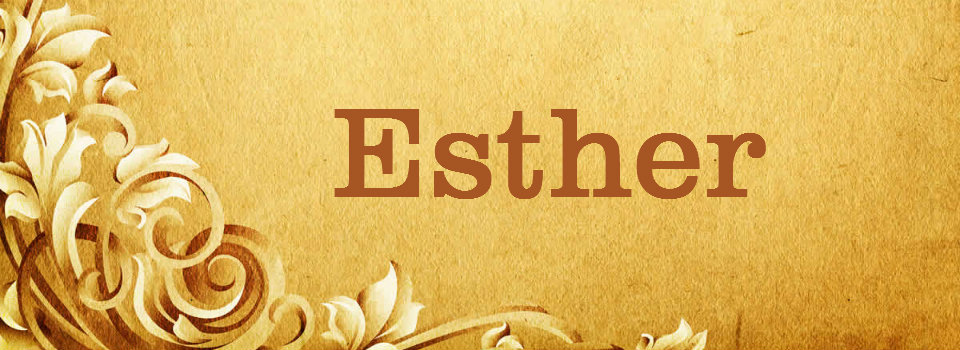
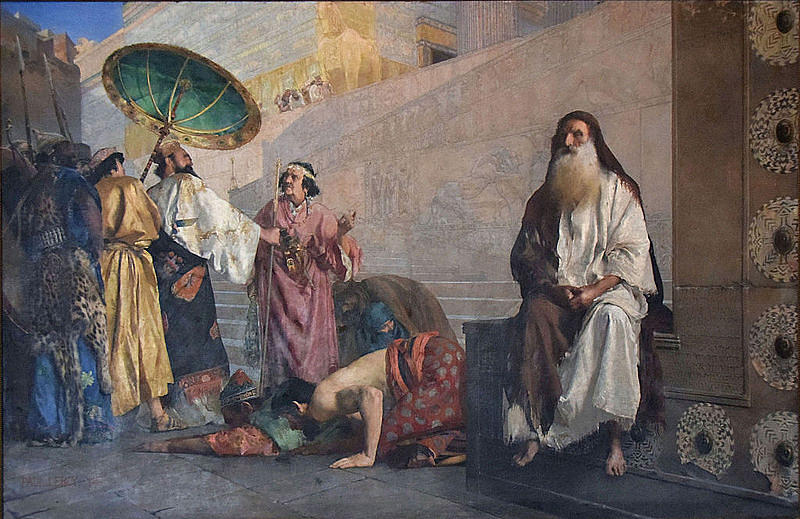
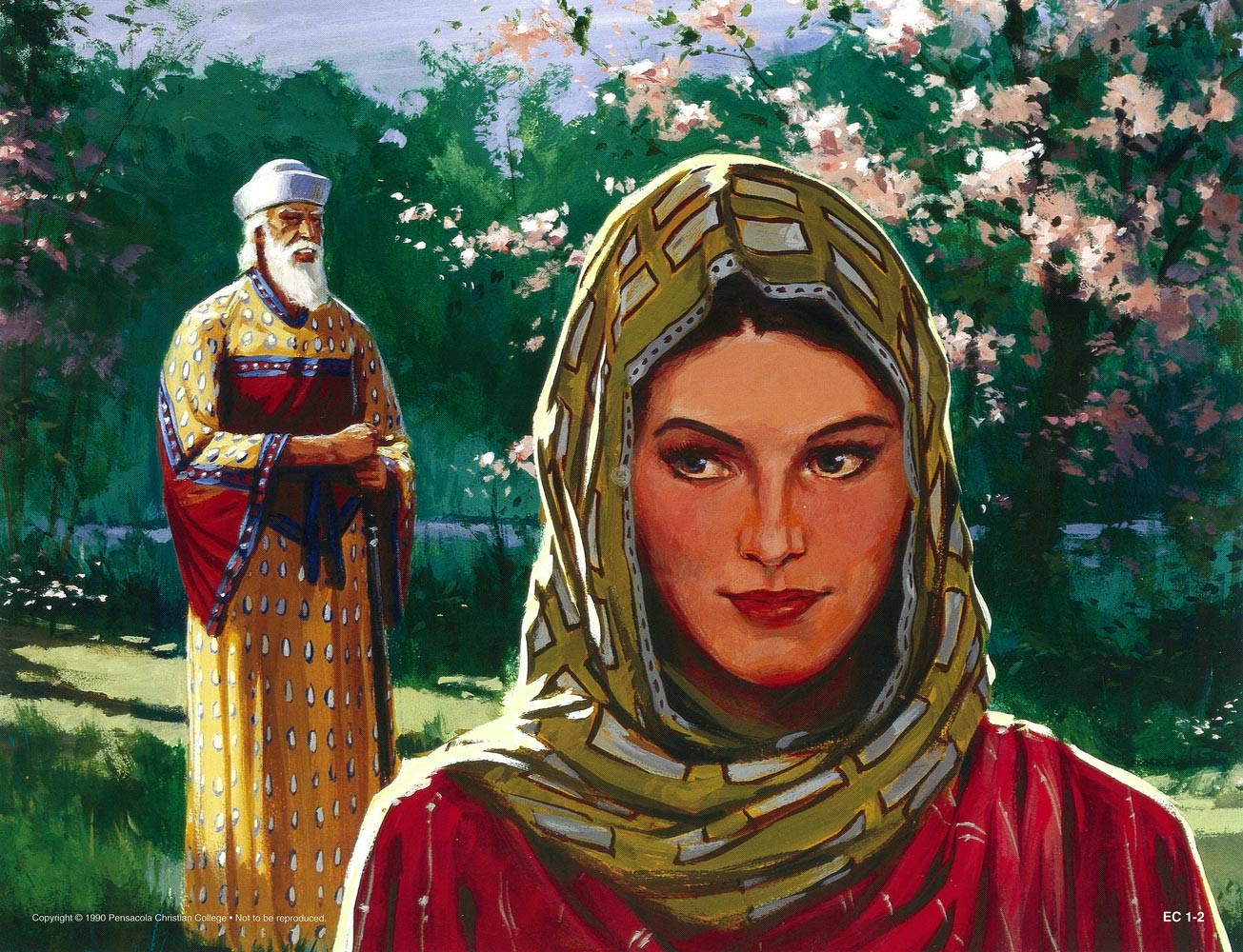 When the king finally decided that Esther pleases him the most, we then learn of the next sub-plot in our story. (Cue the Dark Shadows theme...)
When the king finally decided that Esther pleases him the most, we then learn of the next sub-plot in our story. (Cue the Dark Shadows theme...)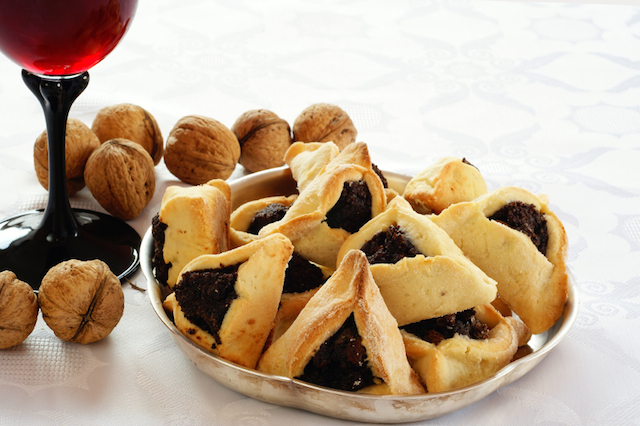
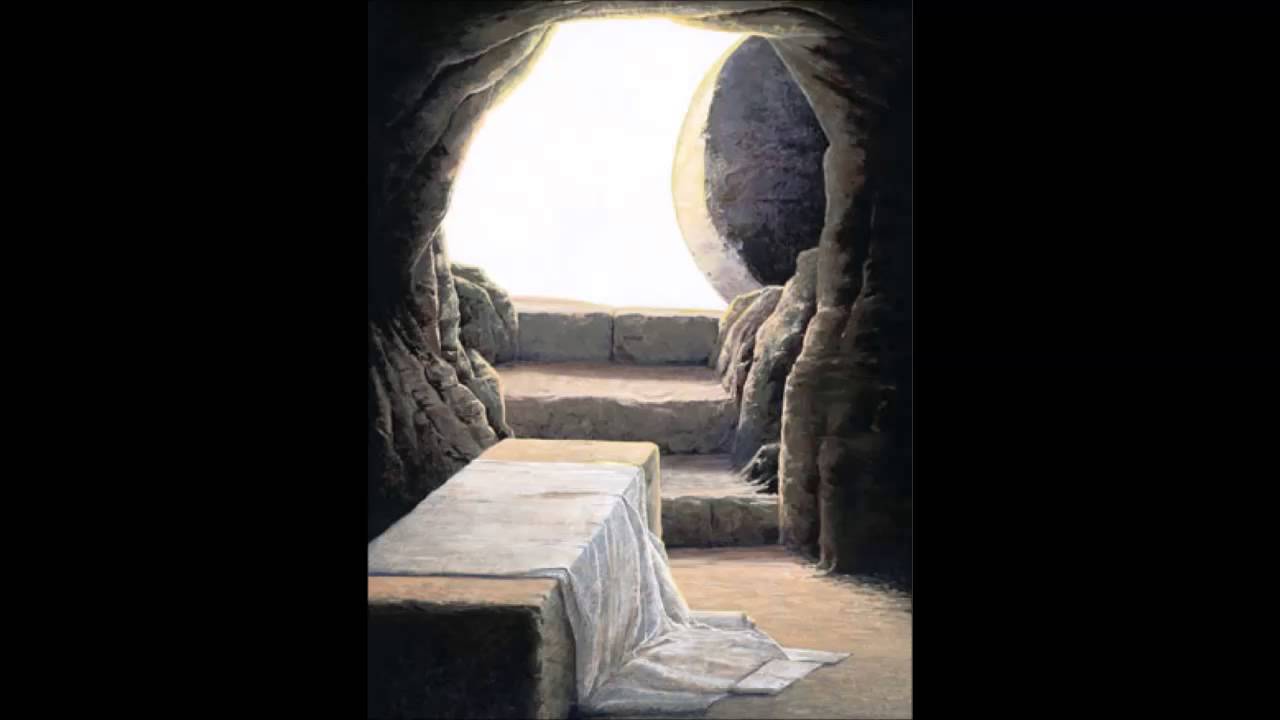 The Resurrection
The Resurrection